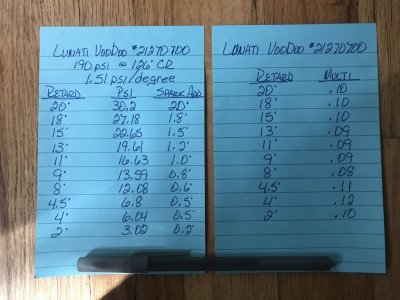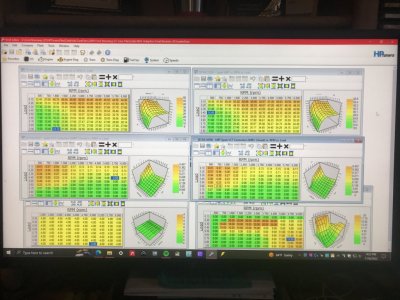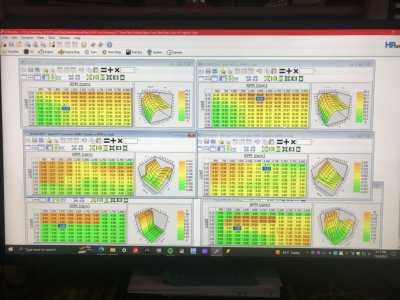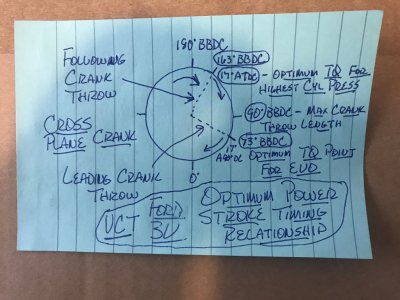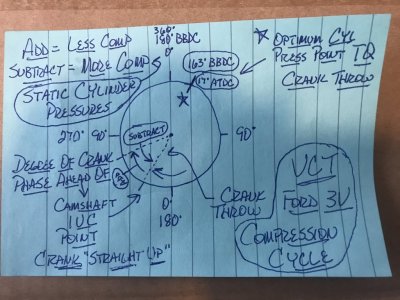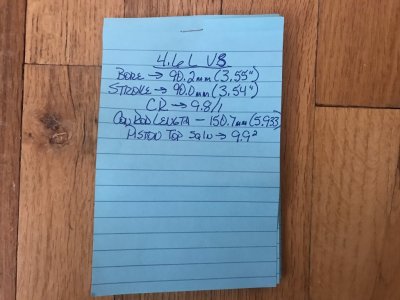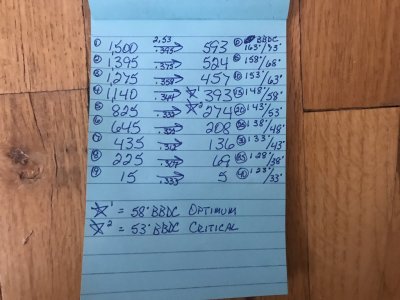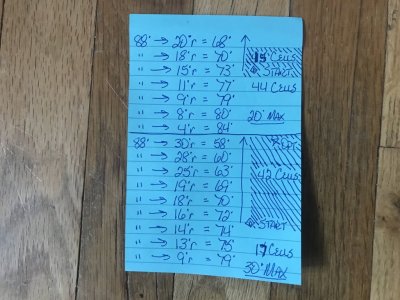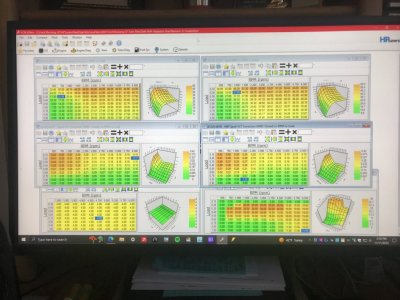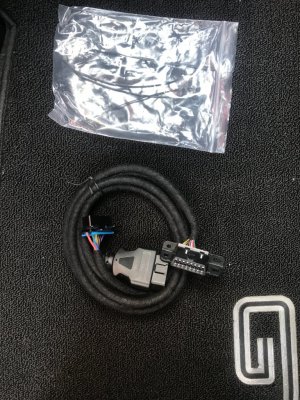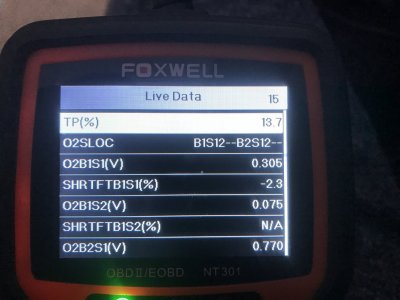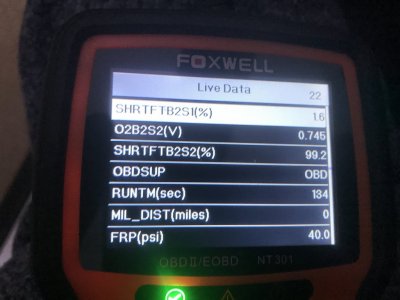GlassTop09
Senior Member
FYI..................FYI.....................
I got the thought to go back thru all my unmolested OEM GT\Bullitt tune files for 08-10 SO PCM & check all their map's axis scaling to see how the Ford engineers intended for this stuff to interface..............guess what I discovered..........this is exactly what Ford did so these maps will operate in synch & evenly, so the cell data points line up across the X & Y axis as close as they can be made thus the interpolation also between them.
So I set 1 up to use in Editor's compare feature to check my current tune file to see which maps that have been altered to then fix them. Found that the only map X\Y scaling axis that had been altered was indeed the Airflow\VCT\Configuration VCT load\TQ maps (also tested & found that all this scaling synch is tied to any tune map that is linked to the IMRC\VCT operation so all MAF LWFM & SD Airmass maps as well as all Spark Advance maps (mainly due to the BKT\MBT VCT IMRC maps).
So, I have gone & restored all Airflow VCT map's scaling back to the OEM scaling which will now restore proper map synching across all VCT\IMRC-related maps in my tune file & have flashed in revision #25 which now has all this restored (in the process I also reset the Knock Retard\Max Retard map to allow the PCM to pull as much as 8* of spark timing out across the board if needed for safety......up to 2.6* below the base borderline knock settings so the PCM can resolve most any tuning issues derived from this rescaling itself) back to OEM scaling process & to date all is working well w\o issue.
Now I will need to run driving datalogs under normal driving, part throttle & WOT operation to check the engine operation to ensure that the map scaling operation thru the map data cell sections that were out of synch prior aren't causing any unknown issues (all map cell data is still the same across the load% (Y) axis as this part wasn't altered......it's the map sections where the RPM (X) axis spread between columns was different is the concern.....depending on how well the PCM interpolated the same cell data points across the 2 different X axis tracks).
From all that I've seen\understood\learned, it shouldn't be much of a problem in the interim as the PCM should simply "retune" itself--thus the engine--to the new axis scaling changes......if the Knock Retard\Max Retard map settings are large enough to allow the PCM to do so in the map areas where operational cylinder pressures can get high enough to potentially induce\create knock\detonation--usually part throttle\WOT at 30% load & up in NA config (this area is 1 of the major tuning mistake areas IMHO that causes more engines to blow where some tuners keep these settings too tight to NOT allow the PCM to fully protect the engine w\ the thought to not lose too much HP\TQ during competitive racing or to maintain tuning "clout" thru the social "dyno wars". Competitive racing is 1 different aspect.... you should EXPECT this potential as a reality in this scenario thus has some merit.........because of competition so pushing every advantage.....but in a daily driver type of use.......?).
My engine, even though it's in excellent condition & runs w\ authority, still has in excess of 161,000+ mi on her so IMHO you don't do stupid.................especially when it isn't necessary.
PS edit--Now some may see all this as being nitpicky or out of touch in the tuning world............I see it as being a good, smart, safe & responsible tuner taking into account all variables to set this up to reflect any negative aspects until I can get around to doing the datalogging to fine tune all this so I can still enjoy driving my car & not be afraid\worried of hurting anything in the meantime. A BIG plus of tuning your own vehicles!
Here are some results of my car's recorded cat CE results captured this morning since correcting the map scaling in my tune file that I had found changed back to the OEM FoMoCo map X-Y axis scaling but still using all the same tuned map cell data in all maps unmolested:
B1 @ .035
B2 @ .059
CMBT @ 1,289*F
This is the best I've ever recorded these cat CE ratio results since initial install\break-in over 1 yr ago.
Now the main takeaway from this is not only how good the cats are working from an emissions perspective, but how overall efficient the engine is operating (an indicator of how well\accurate the PCM is measuring MAF then how well\accurate the PCM is measuring fuel thus is a window into how accurate the fuel stoich AFR setting is matching the actual fuel being burned to correct the EQ Ratio equation to true Lambda 1.0) w\o any issues w\ the spark timing or cam timing settings as currently set up. This data bodes very favorably towards this engine producing good efficient HP\TQ output since both derive from the very same combustion efficiency dynamics......all other variables being equal.
Kinda shows some relevance to the importance of all the PCM tune-related VCT\IMRC mapping maintaining\being properly synchronized so all mapping data points can be accurately interpolated by the PCM across the full operating range...........the OEM Ford engineers once again got all this right the 1st time so why\what reason was it altered.......especially if engine is not FI (the only reason why IMHO to rescale ANY of these SO PCM map's X-Y axis cause you HAVE TO in order to simulate above sea level atmosphere mass densities.....>100 kPa)?
Data results are very revealing............the devil is always hidden in the details.
Food for thought.......................


